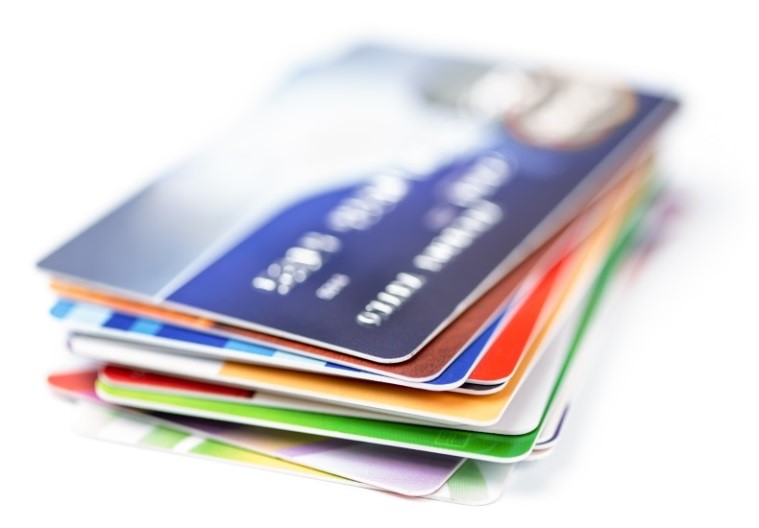A healthy credit score can mean the difference between enjoying and enduring consumer loans, so it’s crucial to keep your credit in good standing at all times. If you have found yourself in need of repair, though, don’t panic: there are several steps you can take to help get things back on track and ensure your credit stays that way over time.
Here are three tips to get you started on your road to repairing your credit.
Step 1 - Check Your Credit Score
The first step is to get a handle on your credit. Each of us has three different scores, one from each of three credit bureaus: Experian, Equifax, and TransUnion. These scores range from 300 to 850. The higher your score, the better shape you’re in with lenders; low scores can lead to high-interest rates on loans. Start by checking all three scores to see where you stand. Don’t worry if they don’t match up – these are statistical averages compiled from data across millions of Americans and not an indication that there’s something wrong with your credit history. You may even have slightly different numbers from bureau to bureau due to variations in formulaic reporting methods. But once you have those scores down, take action immediately if need be.
That means there are two things at play here:
(1) Paying bills on time
(2) Paying off debt as quickly as possible.
Most experts recommend devoting 30% of every monthly budget to paying off existing debts such as student loans, car payments, and credit cards. If you can do more than that–even 50%–you’ll likely begin seeing more attractive offers for new financial products like mortgages or home equity lines of credit. Any way you slice it though, building a positive track record is fundamental when repairing bad credit.
That means there are two things at play here:
(1) Paying bills on time
(2) Paying off debt as quickly as possible.
Most experts recommend devoting 30% of every monthly budget to paying off existing debts such as student loans, car payments, and credit cards. If you can do more than that–even 50%–you’ll likely begin seeing more attractive offers for new financial products like mortgages or home equity lines of credit. Any way you slice it though, building a positive track record is fundamental when repairing bad credit.
Step 2 - Understand How FICO Scores Work
FICO scores are broken down into five categories:
- Payment History (35%)
- Amounts Owed (30%)
- Length of Credit History (15%)
- New Credit (10%)
- Types of Credit Used (10%).
Since 35% of your score is calculated on payment history, a good way to start repairing your credit score is by making payments on time each month.
Get in touch with your creditors and tell them you are working on getting back in good graces. If they’re willing to work with you, set up auto-payments through your bank account so that your bills will always be paid on time. It’s also important that if something has happened and late fees have been assessed that these penalties be removed from your report as soon as possible. Late payments can stay on credit reports for seven years from when they were first reported; however late fees can stay for up to ten years!
Step 3 - Fix Any Errors On Your Report
Once you’ve gotten a copy of your credit report and checked for errors, fix them. The easiest way to do so is with a little-known technique called cross-dispute, which involves disputing an error with one bureau on your report while telling another that they needn’t correct it because it’s already been handled. Cross-disputes are easy to make, but be careful: If you send them too many disputes or haphazardly, bureaus may consider you abusive. But when done right, they can work like magic!





